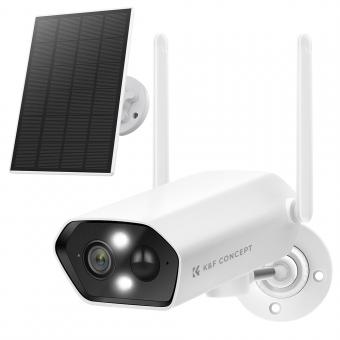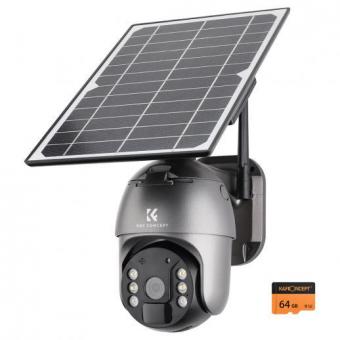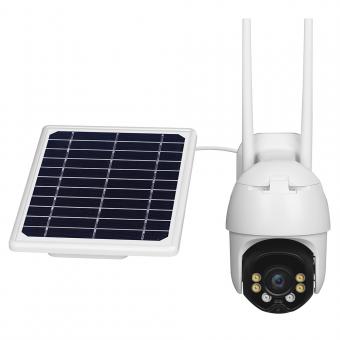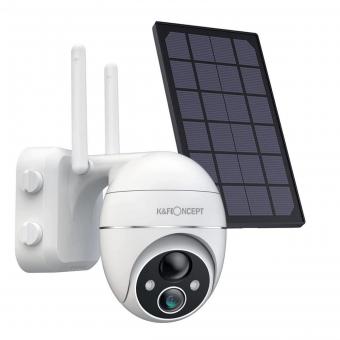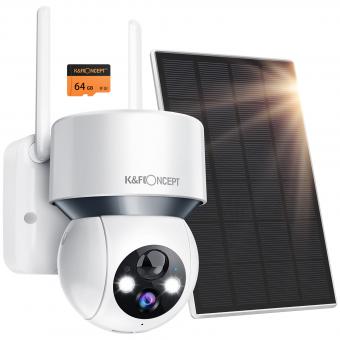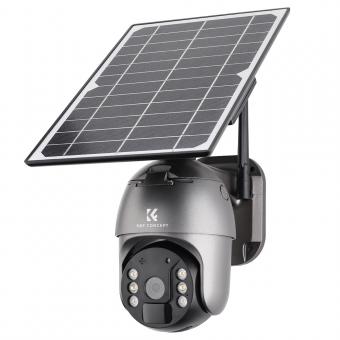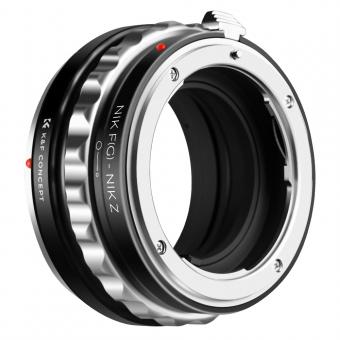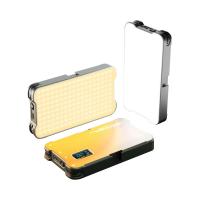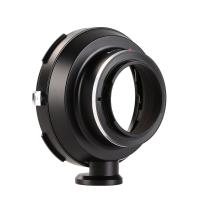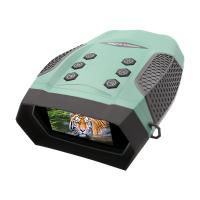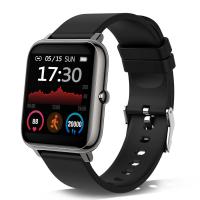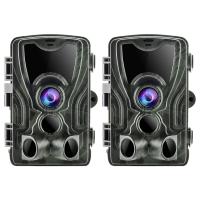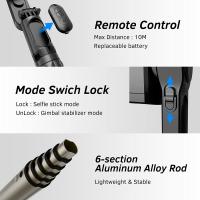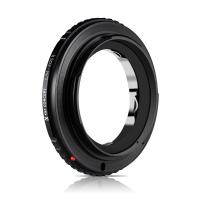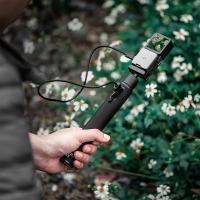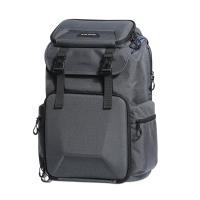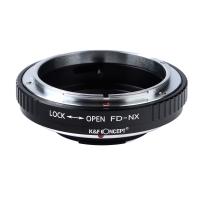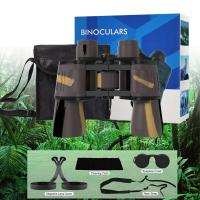How To Use Security Camera ?
To use a security camera, first, choose a suitable location to install it, ensuring it covers the desired area. Next, mount the camera securely using the provided brackets or mounts. Connect the camera to a power source, either through a power outlet or via a power over Ethernet (PoE) connection. If the camera is wireless, connect it to your Wi-Fi network. Adjust the camera's angle and focus to capture the desired view. Install any necessary software or apps on your computer or mobile device to access the camera's feed. Configure the camera's settings, such as motion detection or recording schedules, according to your preferences. Finally, regularly check the camera's feed or review recorded footage to monitor the area for any security concerns.
1、 Placement and positioning for optimal surveillance coverage
Placement and positioning for optimal surveillance coverage is crucial when it comes to using security cameras effectively. By strategically placing cameras, you can maximize their coverage and ensure that all important areas are monitored. Here are some key points to consider:
1. Identify critical areas: Start by identifying the areas that require surveillance. This could include entrances, parking lots, hallways, and other high-traffic areas. Assessing the specific needs of your location will help determine the number and type of cameras required.
2. Camera selection: Choose the right type of camera for each location. For example, dome cameras are ideal for indoor use, while bullet cameras are better suited for outdoor surveillance. Consider factors such as lighting conditions, weather resistance, and the desired field of view.
3. Height and angle: Mount the cameras at an appropriate height and angle to capture the desired area effectively. Generally, cameras should be positioned at eye level or slightly above to capture facial details. Adjust the angle to minimize blind spots and maximize coverage.
4. Overlapping coverage: Overlapping camera coverage is essential to ensure that no area is left unmonitored. This can be achieved by positioning cameras strategically, such as at corners or intersections, to cover multiple angles.
5. Consider lighting conditions: Ensure that cameras are not affected by glare, backlighting, or extreme lighting conditions. Adjust camera settings or use additional lighting equipment to optimize image quality.
6. Regular maintenance: Regularly check and clean cameras to ensure they are functioning properly. Additionally, consider upgrading to newer camera models that offer advanced features such as high-resolution imaging, night vision, and remote access capabilities.
It is important to note that the latest point of view in security camera placement and positioning includes the integration of artificial intelligence (AI) and video analytics. AI-powered cameras can automatically detect and track objects, analyze behavior patterns, and send real-time alerts for suspicious activities. This technology enhances surveillance capabilities and reduces the need for constant human monitoring.
In conclusion, proper placement and positioning of security cameras are essential for optimal surveillance coverage. By considering critical areas, camera selection, height and angle, overlapping coverage, lighting conditions, and regular maintenance, you can ensure that your security cameras effectively monitor and protect your premises.

2、 Installation and setup of security camera system
Installation and setup of a security camera system is crucial for ensuring the safety and security of your home or business. Here is a step-by-step guide on how to use a security camera effectively:
1. Determine your surveillance needs: Assess the areas you want to monitor and identify the type and number of cameras required. Consider factors such as lighting conditions, coverage area, and desired features like motion detection or night vision.
2. Choose the right cameras: Select cameras that meet your specific requirements. There are various types available, including dome, bullet, and PTZ (pan-tilt-zoom) cameras. Ensure they are weatherproof if installing them outdoors.
3. Plan camera placement: Strategically position cameras to cover vulnerable areas such as entrances, windows, and blind spots. Consider the field of view, angle, and height for optimal coverage. Avoid obstructions like trees or walls that may hinder visibility.
4. Install the cameras: Follow the manufacturer's instructions to mount the cameras securely. Ensure they are positioned at the correct angle and height for optimal performance. Use appropriate tools and equipment to avoid damage during installation.
5. Connect the cameras: Depending on the camera type, connect them to a power source and a recording device such as a digital video recorder (DVR) or network video recorder (NVR). Use high-quality cables to minimize signal loss.
6. Configure the system: Access the camera's settings through a computer or mobile device. Set up features like motion detection, recording schedules, and notifications. Create strong passwords to protect against unauthorized access.
7. Monitor and manage: Use the provided software or mobile app to view live footage and access recorded videos. Regularly check the system for any issues or malfunctions. Keep the firmware and software up to date to ensure optimal performance and security.
8. Maintain the system: Clean the cameras regularly to remove dust or debris that may affect image quality. Check cables and connections for any signs of damage. Replace or upgrade components as needed to keep the system functioning effectively.
It is important to note that privacy concerns should be taken into account when using security cameras. Inform individuals if they are being recorded in areas where they have a reasonable expectation of privacy.
In conclusion, the installation and setup of a security camera system involve careful planning, proper installation, and regular maintenance. By following these steps, you can effectively use security cameras to enhance the safety and security of your property.
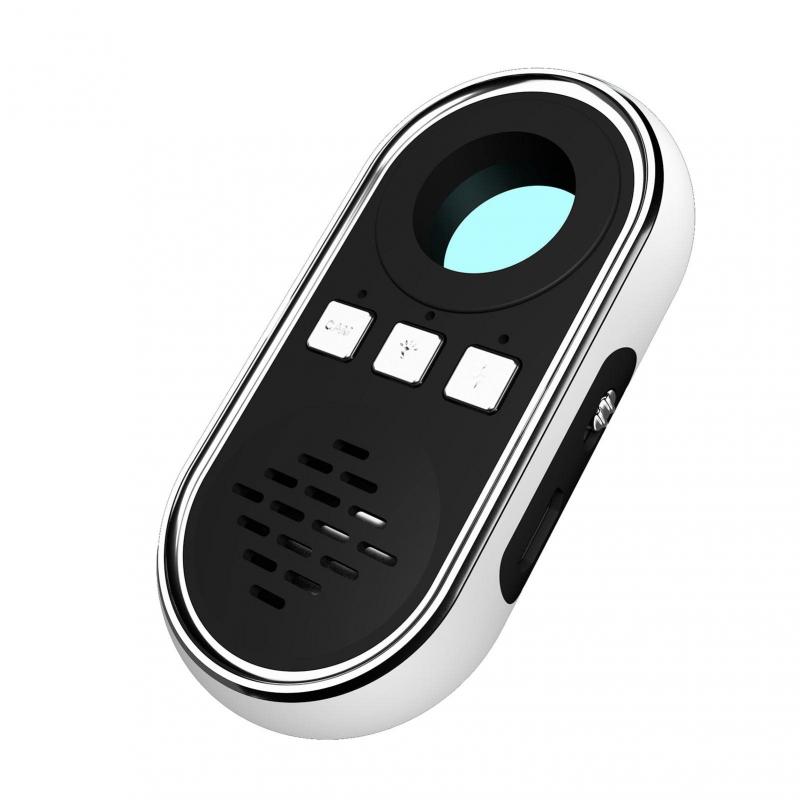
3、 Configuring camera settings and recording options
Configuring camera settings and recording options is an essential step in effectively using a security camera. Here's a guide on how to do it:
1. Mounting the camera: Start by selecting an appropriate location for your security camera. Ensure it is positioned to cover the desired area and is mounted securely.
2. Power and connectivity: Connect the camera to a power source and ensure it is properly connected to your network. This can be done through Ethernet cables or wirelessly, depending on the camera's capabilities.
3. Accessing the camera: Once the camera is connected, you can access its settings and recording options through a web browser or a dedicated mobile app. Enter the camera's IP address or scan a QR code provided by the manufacturer to connect to it.
4. Camera settings: Configure the camera settings according to your requirements. This includes adjusting the resolution, frame rate, and image quality. You can also set up motion detection, which triggers recording when movement is detected in the camera's field of view.
5. Recording options: Choose the recording options that suit your needs. Most security cameras offer various recording modes, such as continuous recording, scheduled recording, or event-based recording. You can also set the camera to record only when motion is detected to save storage space.
6. Storage: Determine how you want to store the recorded footage. Some cameras have built-in storage options, while others require an external storage device like an SD card or a network-attached storage (NAS) device. Cloud storage is also becoming increasingly popular for its convenience and accessibility.
7. Remote access: Set up remote access to your security camera so you can view the live feed and recorded footage from anywhere using a smartphone, tablet, or computer. This allows you to monitor your property even when you're not physically present.
It's important to keep in mind that the latest advancements in security camera technology have introduced features like artificial intelligence (AI) for more accurate motion detection and facial recognition. These features can enhance the overall security and convenience of your surveillance system.
In conclusion, configuring camera settings and recording options is crucial for effectively using a security camera. By following these steps and staying updated with the latest advancements, you can ensure optimal performance and maximize the security of your property.
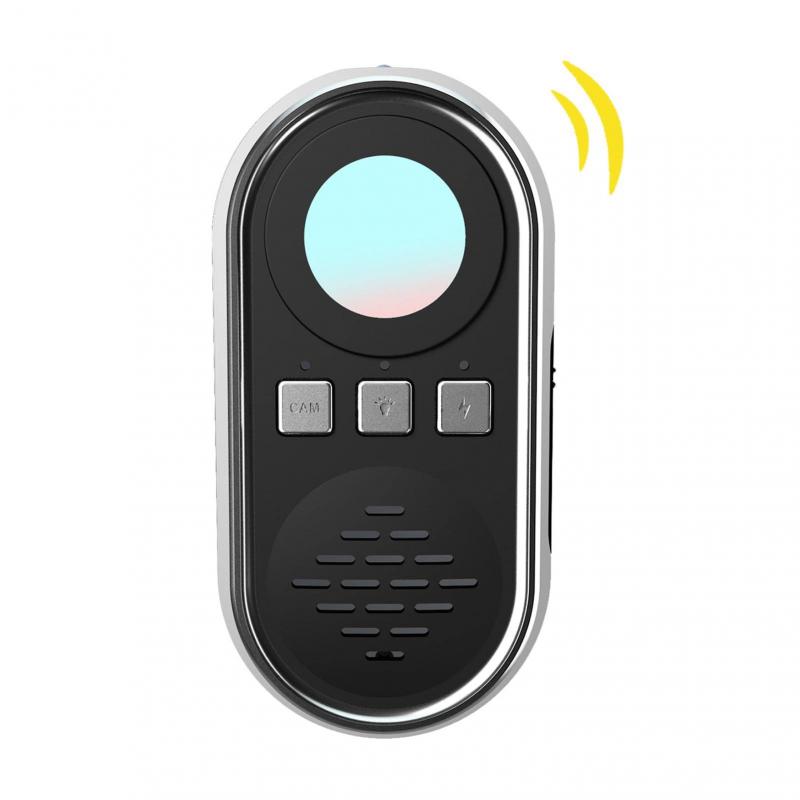
4、 Remote access and monitoring of security camera footage
Remote access and monitoring of security camera footage has become increasingly important in today's digital age. With advancements in technology, it is now easier than ever to keep an eye on your property or business from anywhere in the world. Here's how to use security cameras for remote access and monitoring:
1. Choose the right security camera system: Select a system that offers remote access capabilities. Look for features such as mobile apps or web-based interfaces that allow you to view live footage and access recorded videos remotely.
2. Install the cameras strategically: Proper camera placement is crucial for effective monitoring. Install cameras in areas that require surveillance, such as entrances, parking lots, or high-value areas. Ensure they are positioned to capture clear images and cover the desired area.
3. Connect the cameras to the internet: Most modern security cameras support Wi-Fi connectivity. Connect the cameras to your home or business network using the provided instructions. Ensure a stable internet connection for uninterrupted remote access.
4. Set up remote access: Install the manufacturer's app on your smartphone or tablet, or access the camera's web-based interface on your computer. Follow the instructions to connect the cameras to the app or interface.
5. Configure settings: Customize the camera settings according to your preferences. This may include adjusting motion detection sensitivity, setting up alerts, or scheduling recording times.
6. Monitor remotely: Once the cameras are set up and connected, you can now access the live footage or recorded videos remotely. Use the app or web interface to view the camera feeds, control pan-tilt-zoom functions (if available), and review past recordings.
From a latest point of view, advancements in artificial intelligence and cloud computing have further enhanced remote access and monitoring capabilities. Some security camera systems now offer features like facial recognition, object detection, and cloud storage for easy access to footage from anywhere. Additionally, integration with smart home devices and voice assistants allows for seamless control and monitoring of security cameras.
It is important to note that while remote access and monitoring provide convenience and peace of mind, it is crucial to ensure the security of your camera system. Use strong passwords, keep the firmware updated, and regularly check for any vulnerabilities to prevent unauthorized access to your cameras and footage.
In conclusion, remote access and monitoring of security camera footage have become more accessible and user-friendly. By following the steps mentioned above and staying up to date with the latest advancements, you can effectively use security cameras to keep a watchful eye on your property or business from anywhere in the world.



